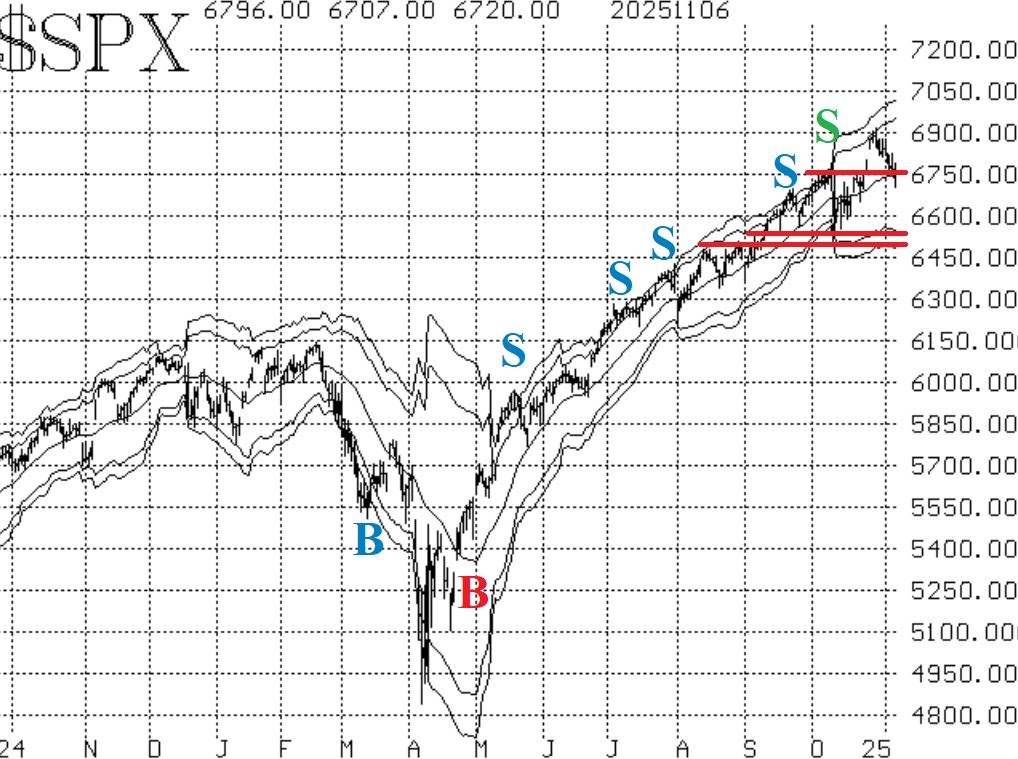
Nov, 07, 2025
By Lawrence G. McMillanAfter having gapped to new all-time highs a little more than a week ago, the broad stock market has gone into a modest (so far) corrective mode. $SPX has now closed both of the...
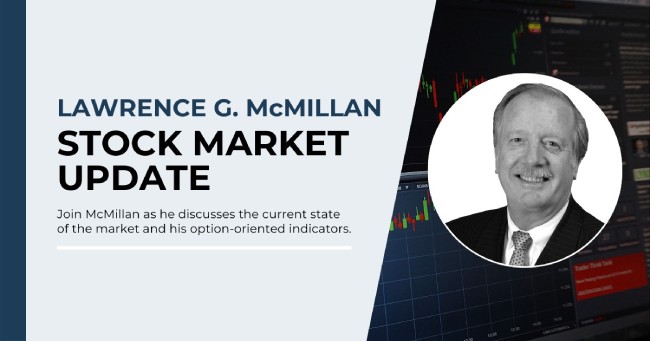
Nov, 03, 2025
By Lawrence G. McMillanJoin Larry McMillan as he discusses the current state of the stock market on November 3, 2025.
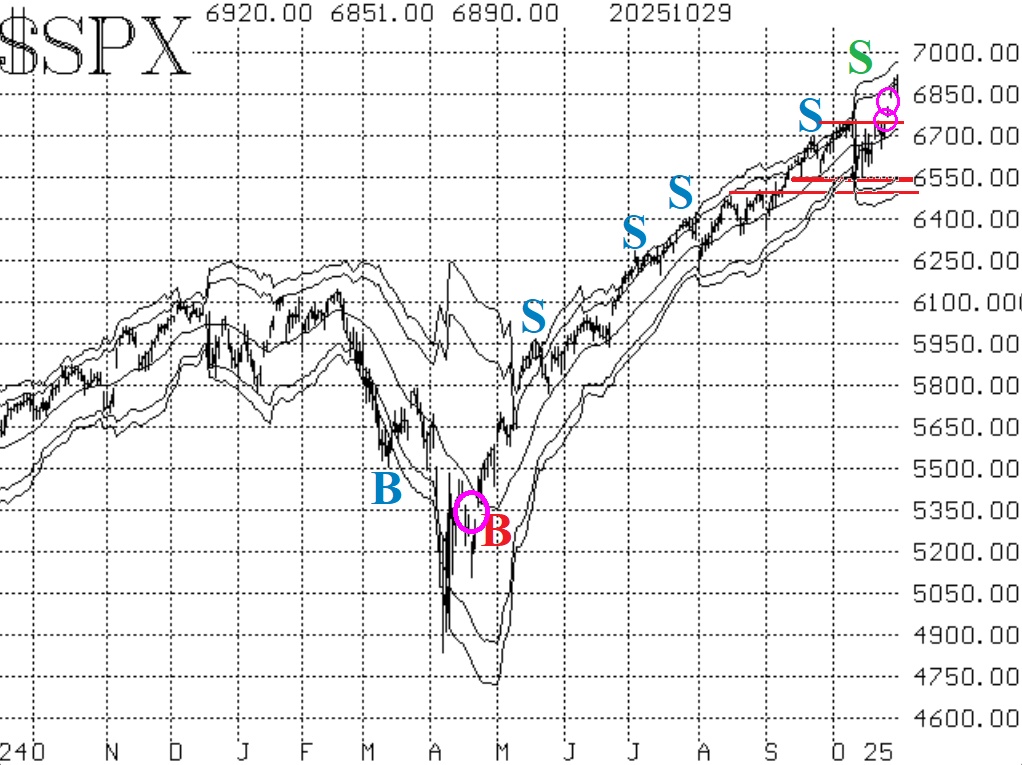
Oct, 31, 2025
By Lawrence G. McMillanThe market eventually shrugged off the most recent "tariff tantrum" and moved to new all-time highs. The breakout came on two gap days to the upside -- very strong action. That...
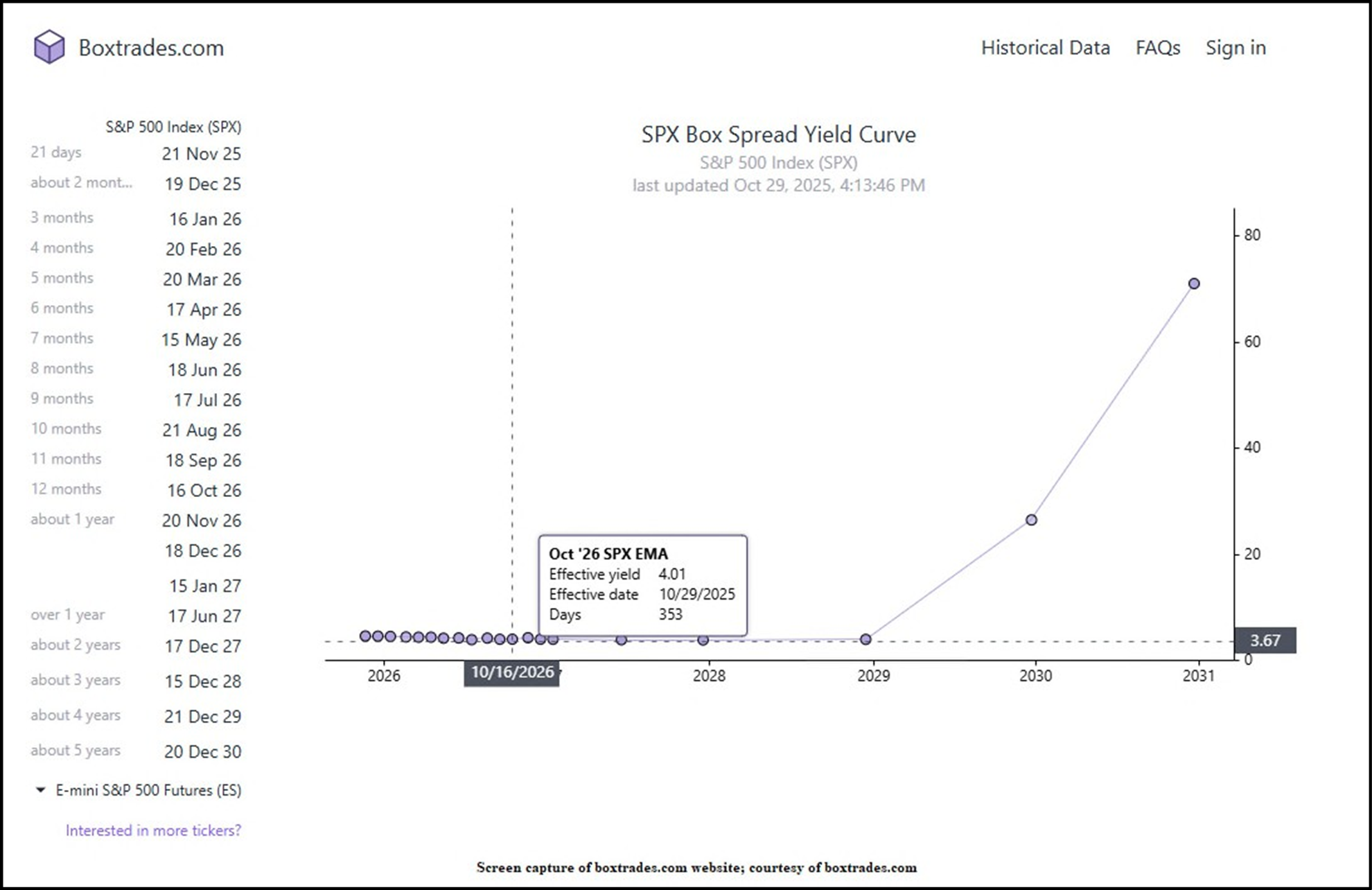
Oct, 31, 2025
By Lawrence G. McMillanRecently, there have been some articles in the media – both print and social – about box spreads and how people are using them to get reduced-cost loans. Some of these articles...

Oct, 27, 2025
By Lawrence G. McMillanJoin Larry McMillan as he discusses the current state of the stock market on October 27, 2025.
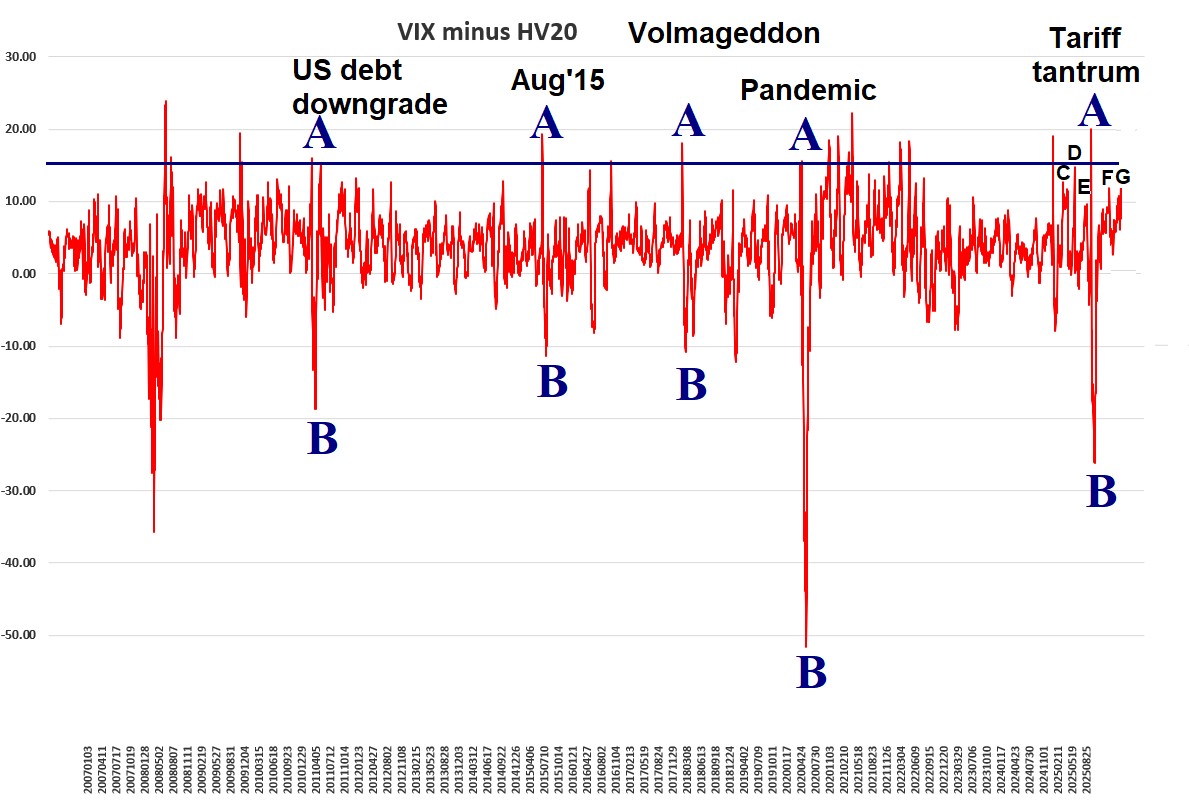
Oct, 24, 2025
By Lawrence G. McMillanEver since $SPX dropped over 200 points on Friday, October 10th, (including after-market trading on the NYSE), there has been a difference in the volatility market. ...
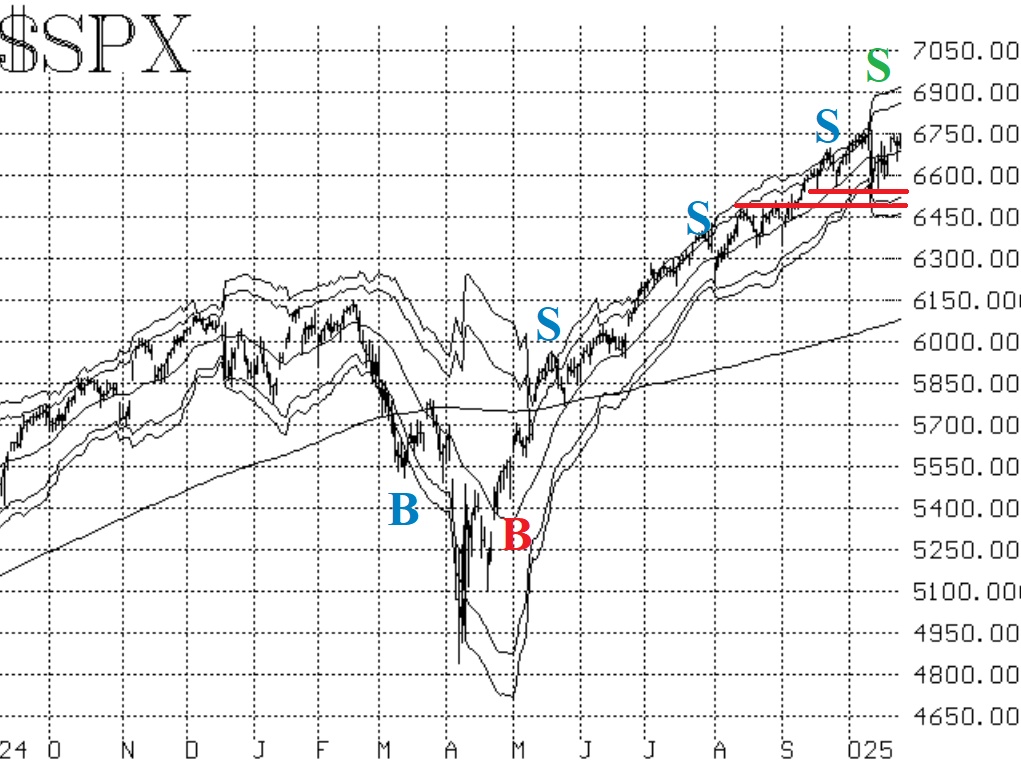
Oct, 24, 2025
By Lawrence G. McMillanVolatility exploded between October 10th and October 17th, but in the end, it didn't have its usual bearish effect. Rather, $SPX found support in the 6500-6550 area multiple...

Oct, 21, 2025
By Lawrence G. McMillanJoin Larry McMillan as he discusses the current state of the stock market on October 20, 2025.
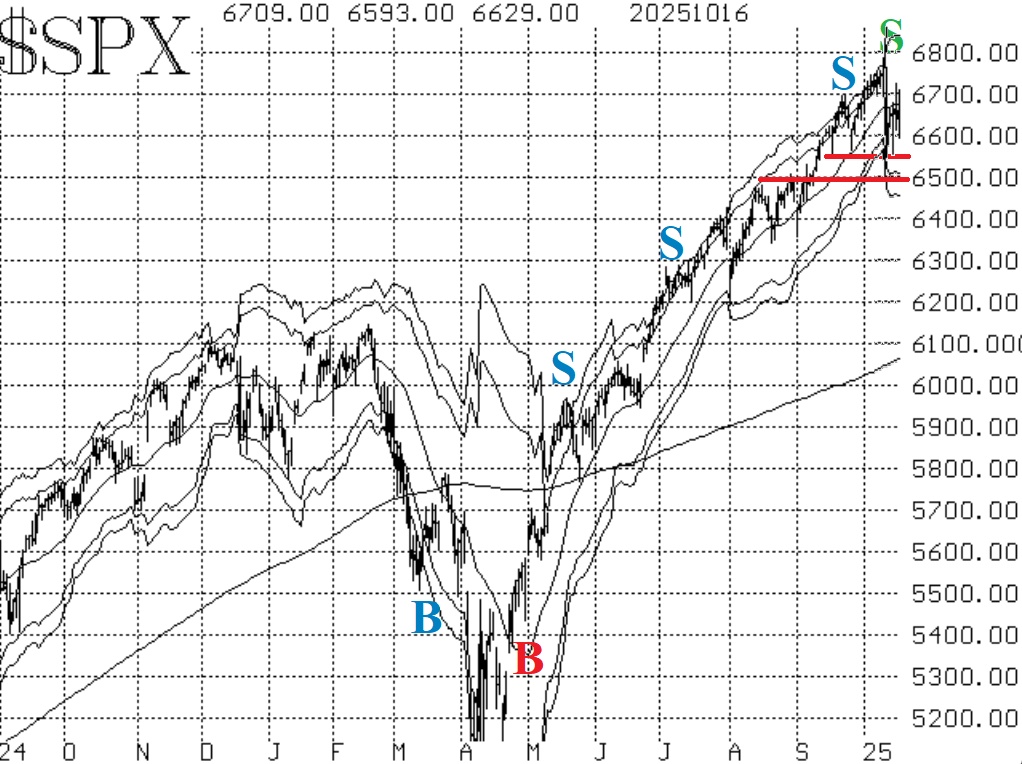
Oct, 17, 2025
By Lawrence G. McMillanThe market has definitely run into some trouble, and this time it might be significant. However, $SPX has held at a well- defined support level several times now, so that gives...
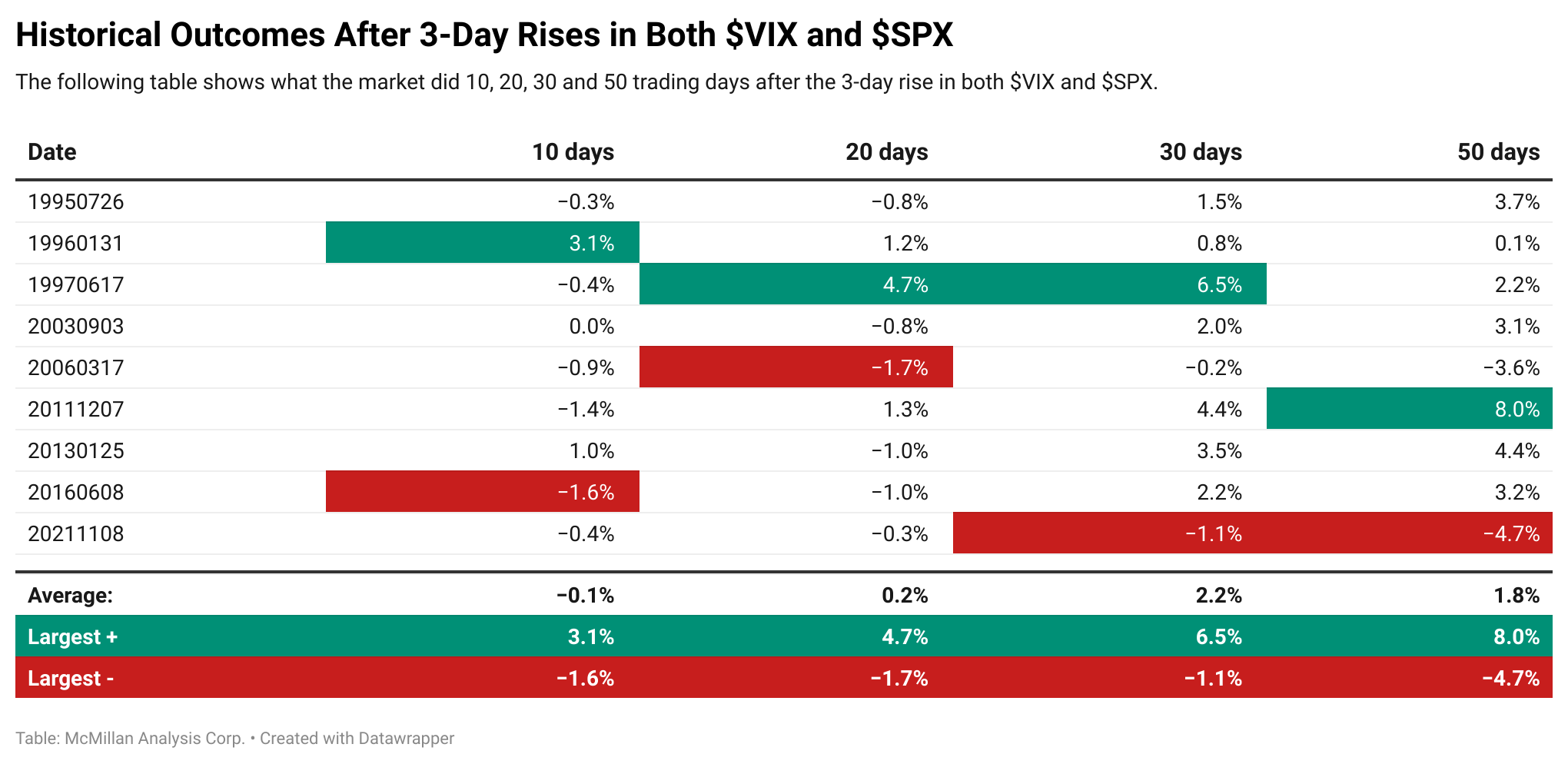
Oct, 13, 2025
By Lawrence G. McMillanWe’re going to look at two things here. First, there was recently a period of five trading days in which both $VIX and $SPX were up each day. That has never...
Pages
© 2023 The Option Strategist | McMillan Analysis Corporation
